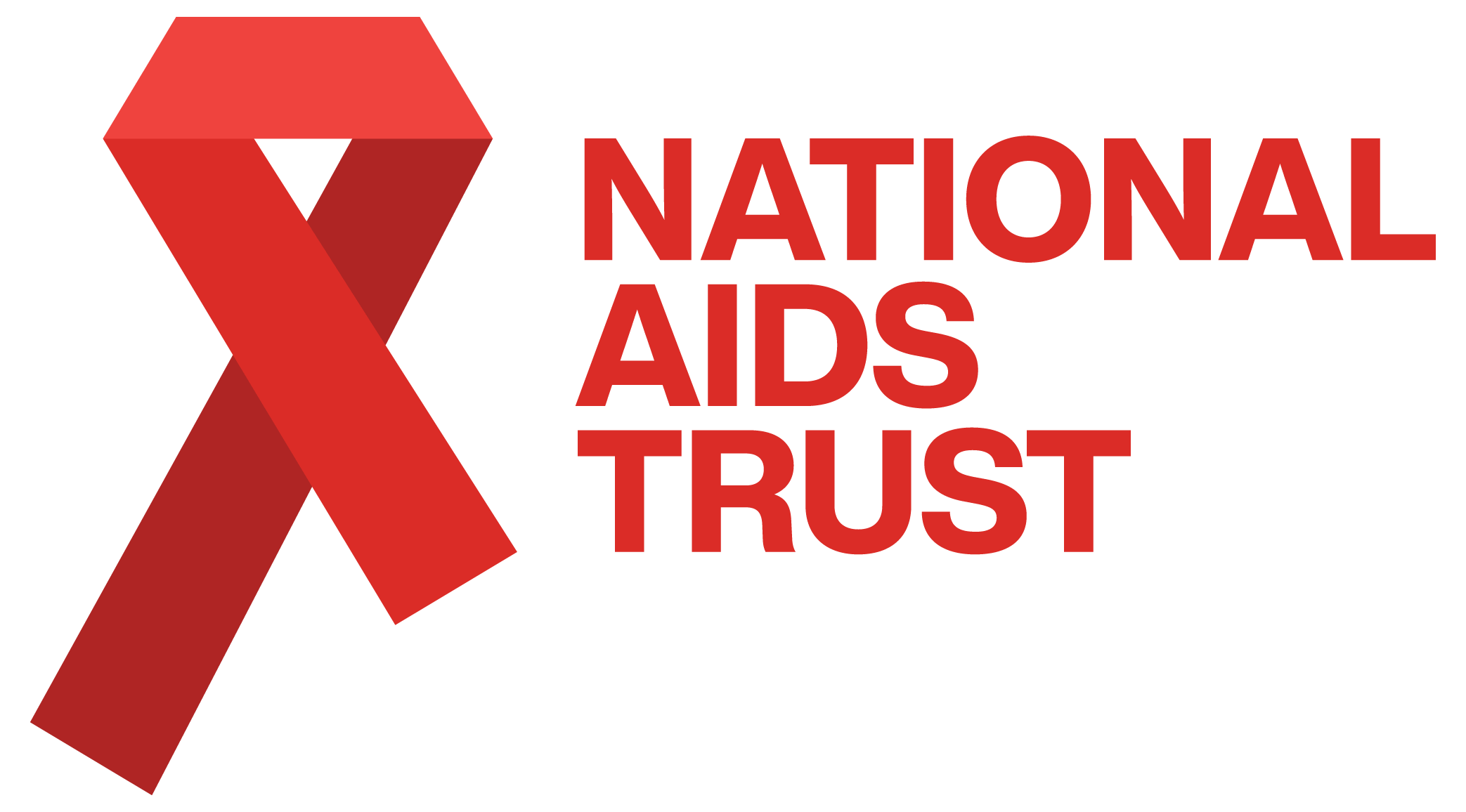National HIV Prevention: Hurray for the £1.2 million

Part One. Just before the Christmas holidays Public Health England (PHE) released their tender documentation for a new national HIV prevention programme, to last for three years from 2016/17, with the possibility of extensions for a maximum of a further two years.
This is very welcome news. NAT has been arguing for some time, along with many others, that we need such a national programme to continue, to complement the work done by local councils. Some things are just better done at a national level – organising national HIV testing week, developing resources and materials to be used in health promotion across the country, research into HIV prevention need, to give just some examples from the current programme (‘HIV Prevention England’, managed by THT).
It would be crazy, for instance, for each local council to spend resources coming up with their own campaign materials for use just within their own local authority boundaries. The national programme brings an economy of scale to bear for such activities, providing an invaluable support to local councils as they work out how to fulfil their responsibility to reduce HIV transmission rates.
The content of the tender document has some positive developments when compared with the current programme. HIV Prevention England at the moment can only engage in prevention work directed at men who have sex with men (MSM) and black African communities. No one argues that this is absolutely the right focus and should remain so – these communities account for a significant majority of HIV transmissions. But not all of them. In recent years between a fifth and a quarter of UK-acquired HIV infections diagnosed among heterosexuals have been among people from outside the black African community. NAT has argued for a number of years, and most recently in our report on ‘Preventing HIV in the UK heterosexual population’, that the scope of the programme needs to be extended to allow services to meet the needs of non-African heterosexuals. The new tender provides welcome ‘flex’, being targeted at ‘ men who have sex with men (MSM), Black African communities and other groups in whom there is a higher or emerging burden of infection’.
The tender is for a programme which will aim to increase HIV testing, promote condom use and other evidence-based safer sex and biomedical interventions, raise awareness of the role of STIs in HIV transmission, and reduce levels of stigma. As results of the Stigma Index emerge we hope that the next programme will have some interesting activities around stigma (though we accept there are limitations as to what is possible given the budget). Activities will include health promotion campaigns, provision of relevant information and resources to target groups, capacity development to the wider HIV and STI prevention sector, regular briefings/summaries of learning from the programme.
There can also be support for local prevention activities, as is the case with the current programme and its local delivery partners. An additional stipulation to the latter activity, possibly controversial, is that such local prevention initiatives can only be supported ‘with the endorsement and approval of local authorities’. The rationale for this requirement is clear – it is to ensure activity being supported is aligned and as appropriate integrated with local HIV prevention plans and investment. It emphasises that local authorities have the prime responsibility for public health, including HIV prevention, and that the national programme is there to support and complement their work. Ideally this stipulation should be a way of engaging with local authorities in their own plans to reduce HIV transmissions.
The risk, however, is that a local authority uninterested and investing nothing, or next to nothing, in HIV prevention will not be interested in endorsing and supporting an intervention from the national programme, even though their local population is in dire need of precisely such a project. Or instead that the local authority endorses a national programme activity as a substitute for their own investment in HIV prevention. We will see how this plays out. But it only emphasises the need for effective advocacy to all local authorities on the need for HIV prevention.
The renewed national HIV programme could have a central catalysing role in our combined efforts to reduce significantly HIV transmission in this country. Joined with such new tools as PrEP and real engagement from all local authorities we could see a significant improvement very quickly. Will the NHS and local authorities use the occasion of a new national HIV prevention programme also to recommit to the task?


